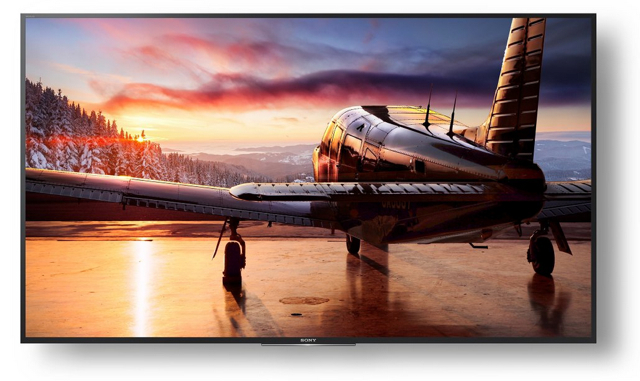University of Central Florida researchers have developed a technology that could triple resolution for TVs, smartphones and other devices. On today’s video screens, color is produced by red, green and blue subpixels for each of the many thousands of pixels. UCF’s NanoScience Technology Center has discovered a way to, instead, tune each subpixel through differing electrical voltages, enabling them to turn a red subpixel blue, for example. That means subpixels are no longer necessary to display full RGB color.
UCF Today reports that assistant professor Debashis Chanda and physics doctoral student Daniel Franklin are behind the new technology. Talking about the ability to “change the color of individual subpixels to red, green or blue — the RGB scale — or gradations in between,” Chanda notes that, “in other displays that is not possible because they need three static color filters to show the full RGB color.”
Since a single tunable pixel will replace three subpixels, the smaller size enables three times the number of pixels. That triples resolution, which is particularly advantageous for augmented reality and virtual reality headsets “that need very high resolution because they’re so close to the eye.”
“A subpixel-less display can increase resolution drastically,” Franklin said. “You can have a much smaller area that can do all three.” With no more subpixels, he adds, screens will also be brighter.
Chanda and Franklin’s research was based on “earlier research that demonstrated the world’s first proof-of-concept display utilizing the plasmonic phenomenon,” as published in academic journal Nature Communications.
After first creating an “embossed nanostructure surface” with a reflective aluminum skin, the researchers varied it several times “to achieve the full range of colors.” Ultimately they discovered that “modifying the roughness of the surface allowed a full range of colors to be achieved with a single nanostructure,” which “can be easily integrated with existing display technology.”
“It allows you to leverage all the pre-existing decades of LCD technology,” said Franklin. “We don’t have to change all of the engineering that went into making that.” The researchers plan to “scale up their displays in preparation for bringing the technology to the private sector.”


No Comments Yet
You can be the first to comment!
Sorry, comments for this entry are closed at this time.